Brand consistency is crucial for retailers, but many still aren’t maximising the benefits - we look at what retailers can do to improve their brand consistency and why this matters.
Why Is Brand Consistency so important for Retailers?
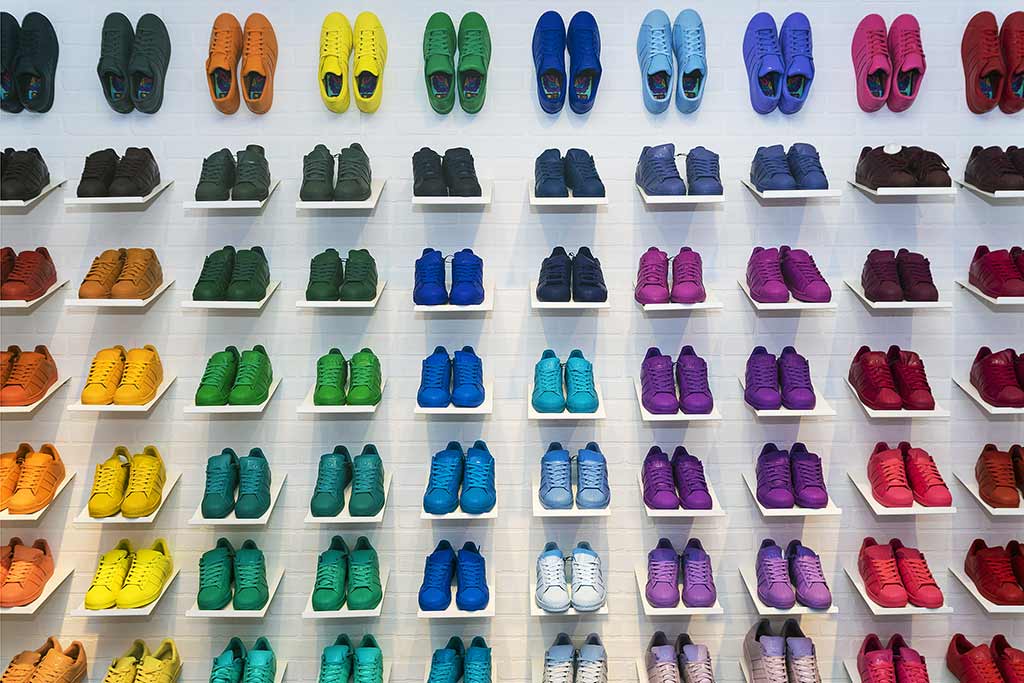
It’s no secret that omnichannel retailing is increasing rapidly. Retailers now understand that to achieve maximum sales and growth, it’s no longer possible just to have a brick-and-mortar store. Instead, retailers must utilise multiple sales methods to reach the maximum number of customers and provide a variety of ways to purchase.
The payoff for retailers who have invested in omnichannel services is massive. US retail giant Target saw its digital sales increase by 195% in 2021. In addition to this, they discovered that omnichannel customers spend four times the amount store-only customers spend and ten times more than digital-only customers. For example, 80% of customers who return products to stores choose to spend their refund in store. The growth possibilities for retailers who embrace omnichannel services are endless.
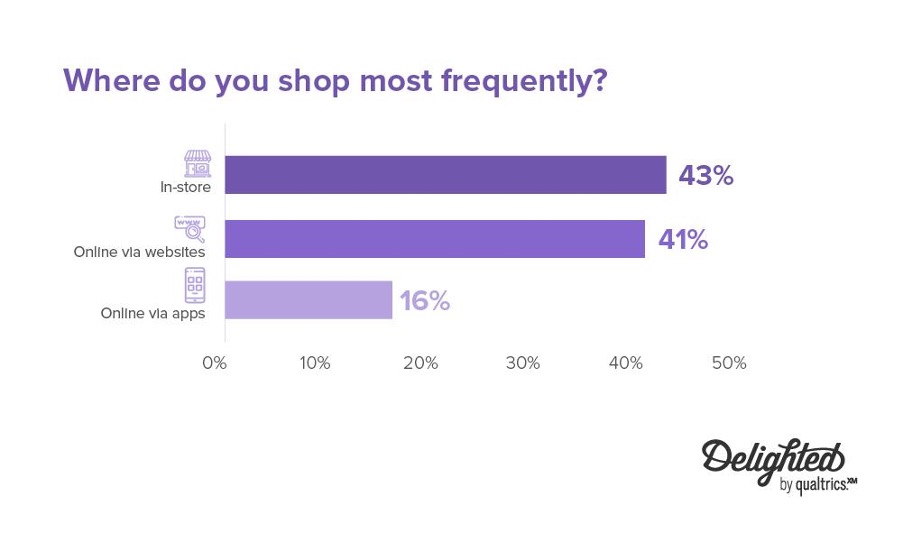
However, a critical feature of successful omnichannel retailing that often goes under the radar is brand consistency for retailers. This means improving your brand assets alongside your physical retail assets – for example, investing in your social media – and keeping a consistent brand identity across all of your digital platforms and in-store.
Retailers that prioritise brand consistency notably fare far better than those with a lukewarm approach to branding and identity. For example, luxury fashion house Louis Vuitton has managed to sustain their brand identity over a 160-year history, repurposing this into an online brand with over 20 million followers on Instagram. Similarly, fashion retailer Boohoo has thrived over the last year as it has built a consistent image across its app, social media accounts, and website.
Brand consistency for retailers has undoubtedly become more important as e-commerce has become a mainstay of the retail environment. Analysis from Millward Brown Optimor found that in 1980, most of the value of an average S&P 500 company came from physical assets such as factories or inventory. However, in 2010, these physical assets comprised a maximum of 40% of the company’s total value. The other 60% of the company’s value came from intangible assets, and around half of it was attributed to the brand.
We know that omnichannel retailing will only grow in the future, as will the dependence on e-commerce. In 2021, the percentage of customers who shop online (41%) is catching up with the percentage of customers who still shop in physical stores (43%). As a result, brand consistency for retailers will also become a top priority.
How Retailers Can Successfully Achieve Brand Consistency
There are several factors to achieving brand consistency for retailers. Cultivating a consistent brand identity is also more challenging for retailers than in other industries. Companies need to consider their in-store layout, online persona, product range, customer service channels, promotions, and packaging. To achieve consistency, each area has to work towards the overall brand identity and present a consistent brand image and personality.
A store solution for brand consistency for retailers can often be as simple as choosing a signature colour to implement in your stores and online – this alone can increase brand recognition by 80%. However, before implementing any store solutions, brands must clarify their goals, mission statement, audience, and style guidelines for messaging. If these are strong, it will be easier to design a brand identity that encompasses your company ethos.
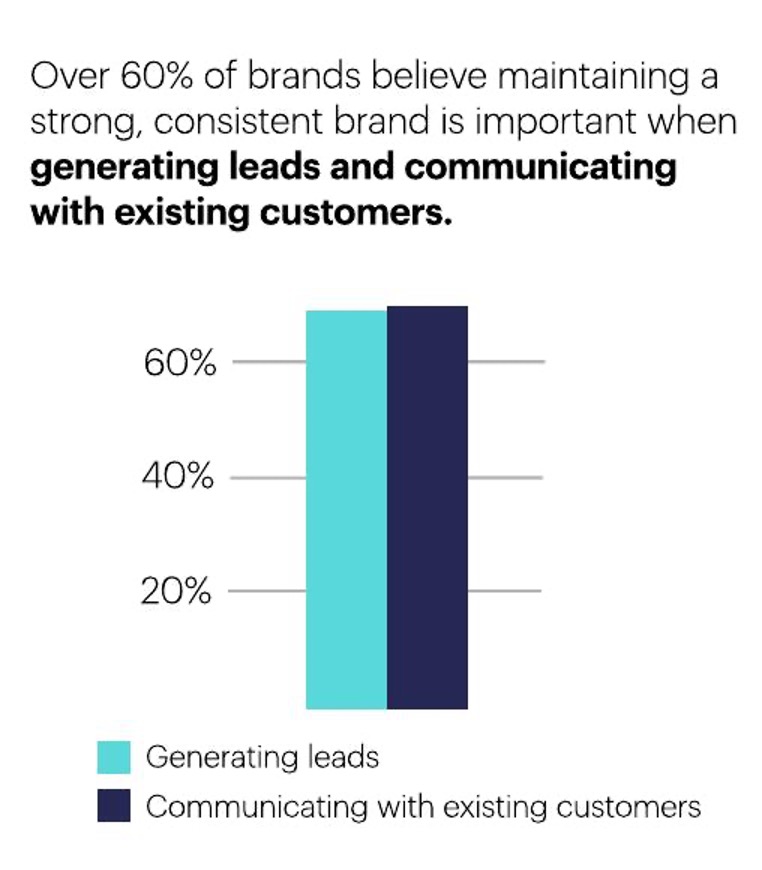
For retailers, brand consistency also starts with recognising the customer journey. This means identifying how your customers engage with your brand along multiple touchpoints. For example, if they visit your website, then choose to ship to a store, or visit your physical store to try on products which they will then purchase online. According to McKinsey, performing well on customer journeys is 35% more predictive of customer satisfaction than performance on individual touchpoints. In the end, omnichannel retailing is only as powerful as your brand identity.
If brick-and-mortar stores are still a priority for you, consider store solutions like pop-up displays to educate customers on your products. Other elements like music or lighting will also go some way to communicating your brand’s personality. Whatever you choose, you should implement the same conscious design and stylistic choices across all of your stores, as well as online.
Using Brand Consistency as a Growth Strategy
In 2020, Deloitte concluded that purpose and authenticity were the keys to future retail solutions. Without these two qualities, consumers cannot connect with brands and lose interest in purchasing their products. For retailers, brand consistency provides a way to communicate your brand’s purpose and ensure you appear as authentic as possible.
But brand consistency for retailers isn’t just about implementing a few changes across your online and in-store assets and leaving it at that. Your brand identity needs to be consistently maintained and, in some cases, altered to reflect your customer’s priorities. As such, brand consistency should form part of a retailer’s growth strategy which it returns to frequently.
For example, millennial and Generation Z consumers behave very differently from other generations, and companies have to adapt to keep their brands relevant. For example, millennials ascribe more value to brand purpose than older generations – 62% of millennials favour products that promote their social or political beliefs, compared to 21% of people aged 55 or older. The same is true of Gen Z, 60% of whom say it is important that brands value their opinions.
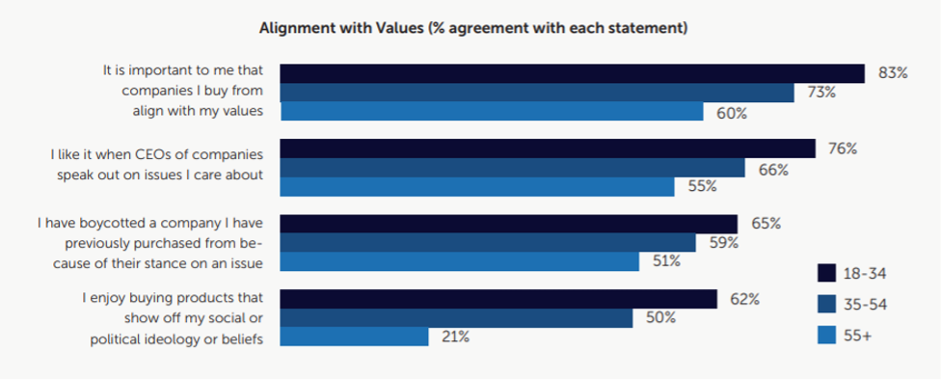
The results are even starker for Generation Z, who by 2026 will make up the largest consumer base in the US. They differ from millennials in their motivations for buying and how they make purchasing decisions. Whereas millennials may be interested in brand status – buying a product for the brand name – Generation Z is more interested in purchasing products that make them stand out, regardless of brand. Brand consistency for retailers will become even more important to appeal to the Generation Z market. There will be an increase in social media marketing spending plus a focus on making physical stores more of an experience than the traditional brick-and-mortar store.
In the end, evidence shows that investing in your brand identity will have long-term benefits. Strong brands consistently outperform averages for the market. McKinsey research shows that the top 40 worldwide brands have outperformed the Morgan Stanley Capital International benchmark every year for the last 13 years. It’s also true that when consistently maintained, a strong brand identity can drive a 10-20% increase in overall growth.
If you can entice the Generation Z market with your brand identity, you’re also going to see lifetime pay-off – 66% of Gen Z shoppers said that once they find a brand they like, they will continue to buy from them for a long time.
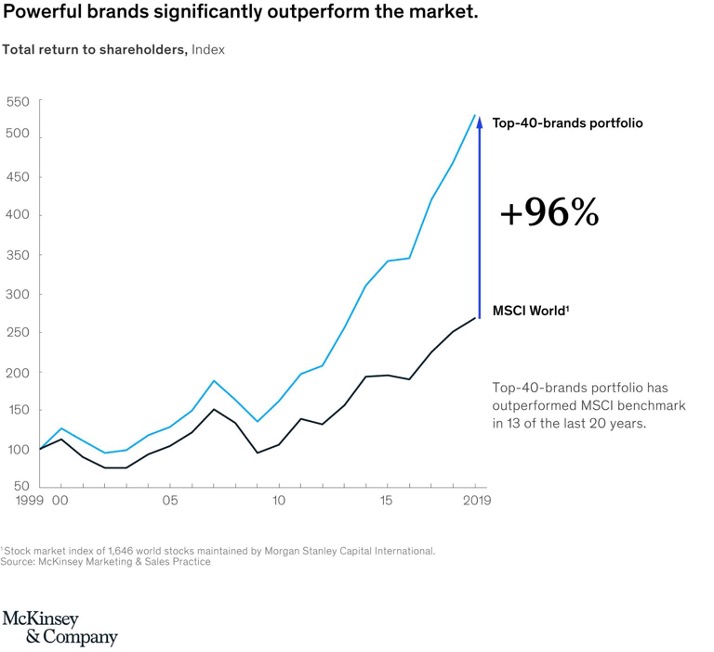
Delivering a Seamless Experience for Customers
Cohesive and compelling brand identity will inevitably inform your customer experience – that is, how your customers experience your brand in-store and online. A seamless experience is paramount to the omnichannel retail experience, and retailers cannot get this right before first evaluating how seamless their brand identity is.
We also know that customers want an easy shopping experience as much as a compelling brand identity. The consequences of a bad shopping experience for some consumers can be dire for brands.
Despite their brand loyalty, 64% of Generation Z consumers said they would switch to a competitor after multiple negative experiences with a company.
If you’re taking advantage of omnichannel retailing, not only is brand consistency for retailers across numerous touchpoints important but also executing a seamless shopping experience. Customers want to know they can purchase the products they want, whether they’re shopping online or in-store. A consistent brand experience will also bolster a consistent brand identity: undoubtedly, omnichannel experiences and brand consistency for retailers go hand-in-hand.
But how can retailers build an omnichannel retail experience that also promotes brand consistency? Firstly, retailers should take advantage of customer service technology such as chatbots. Research shows that new generations of consumers are far more comfortable interacting with virtual assistants than older generations. 40% of Gen Z and millennial customers agree that when in a hurry, they would rather interact with a chatbot than a human customer service agent. Chatbots can also be customised to reveal a brand’s personality in their tone of voice and language use, so not only do they promote a seamless experience bus also bolster brand consistency for retailers.
Additionally, retailers should build an omnichannel experience at every stage of the customer’s journey. Customers should have the option to return items either by post or in-store at their chosen location. This opens up further in-store interactions, which we know can often result in additional sales, as well as providing that effortless shopping experience that consumers desire.
No matter how you go about building an omnichannel experience, companies agree that building a seamless experience is one of the most significant factors in growth; 21% of companies agree that customer experience is the most exciting opportunity for brands. However, customer experience can also be a way to enhance brand consistency for retailers, and technology like inventory software can aid that.
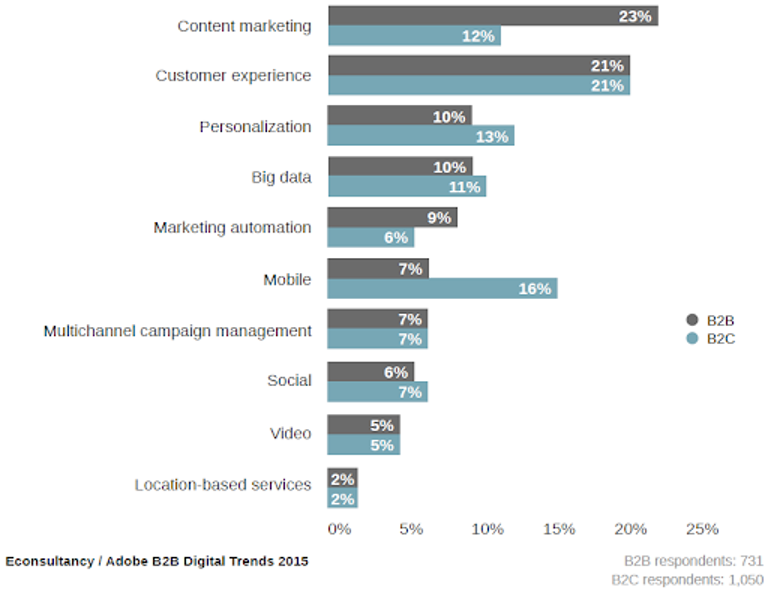
How Inventory Software Can Help Improve Brand Consistency For Retailers
Earlier this year, we examined how brick-and-mortar stores are adapting post-pandemic. Currently, one of the biggest challenges for retailers is keeping consistent levels of stock across physical stores and online, and this has only been exacerbated by the ongoing supply chain crisis. However, providing a consistent experience hinges on providing the products your customers want when they want them. Not providing this can have drastic consequences for sales; 96% of shoppers have left a store without purchasing anything because they couldn’t find the exact product they wanted.
Over the last two years, increased dependence on online retail has also prompted retailers to consider their operations. Retailers are now expected to fulfil orders made online, on mobile, and in-store simultaneously, requiring more accurate fulfilment systems and inventory tracking.
When it comes to retail solutions that improve brand consistency for retailers, there is only one: inventory software. Inventory software can provide retailers with real-time visibility of where their stock is, whether in a distribution centre, in-store, or in transit. This transparency is crucial to keeping up with consumer demands and increasing customer satisfaction and providing seamless brand consistency for retailers across multiple touchpoints.
Nike is one of the brands using inventory software to create a more successful omnichannel retail strategy. Starting in 2019, they implemented RFID technology in almost all of their non-licensed apparel and footwear, a decision that started to pay off during the supply chain issues of 2020 and 2021.
The company saw a 75% increase in digital sales over the pandemic, one-third of their total revenue. The real-time data that RFID provided offered Nike greater insights into customer buying journeys and the popularity of products. As a result, they could easily respond to customer demand and divert products to where they were selling best.
However, deploying RFID with inventory software like Detego’s has also allowed Nike to enhance their brand identity further. By harnessing technology like RFID, Nike has transitioned from selling mainly to wholesale partners to selling directly to consumers: they call this the “consumer direct offensive.” As well as embracing omnichannel retailing, this has also been a way for the company to enhance their brand identity by interacting directly with customers.
Brand consistency for retailers and omnichannel selling work together, and inventory software like RFID is the tool that can enhance both of these crucial parts of your business. Book a consultation with Detego today to find out how RFID software can improve your omnichannel success and enhance your brand identity.

Cloud-hosted RFID software
Stock accuracy, on-floor availability, and omnichannel applications in stores.
Book a demo with Detego to find out how our cloud-hosted RFID retail solution could help you improve your stock accuracy. With fast and easy results and application, our all-in-one software provides intelligent stock takes, improving the efficiency of your omnichannel services.



